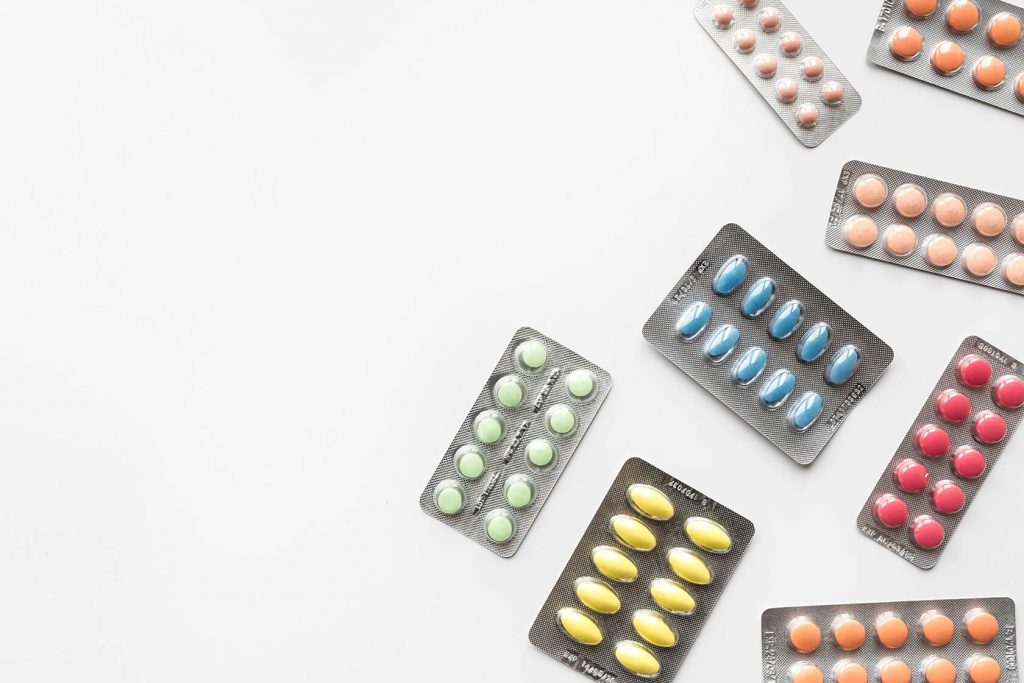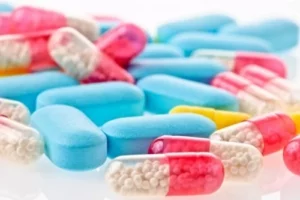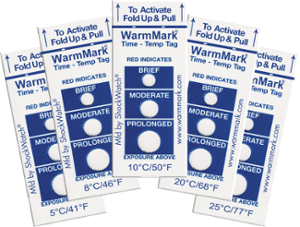
How to Keep Medication Safe During Home Deliveries
Baby boomers started turning 65 in 2011 and the American Hospital Association projects that by 2030, more than 60 percent of this generation will be managing more than one chronic condition, increasing the need for medication.
 As the population ages and medical delivery becomes a more viable option, the pharmaceutical industry is going to need to take different steps to ensure medications are safe for the patient’s consumption,” said Angela Kerr, vice president of product portfolio, SpotSee. “For instance, if a patient receives a medication via delivery and finds the package sitting on her front porch in the middle of summer – who is accountable for knowing whether that medication remained within the allotted temperature range? Home delivery of temperature-controlled medications or treatments now brings the patient into the cold chain.”
As the population ages and medical delivery becomes a more viable option, the pharmaceutical industry is going to need to take different steps to ensure medications are safe for the patient’s consumption,” said Angela Kerr, vice president of product portfolio, SpotSee. “For instance, if a patient receives a medication via delivery and finds the package sitting on her front porch in the middle of summer – who is accountable for knowing whether that medication remained within the allotted temperature range? Home delivery of temperature-controlled medications or treatments now brings the patient into the cold chain.”
The state of Georgia requires drug manufacturers to follow temperature regulations and ensure medications are delivered with an easily detectable method for knowing whether or not there was improper storage or temperature variations.
The easiest way for companies to ensure medications are at the right level is by  using cold-chain temperature indicators such as SpotSee’s WarmMark and ColdMark. Each of these indicators is designed for a single-use and alerts users of exposure to unacceptable temperature conditions that are previously selected by the manufacturer.
using cold-chain temperature indicators such as SpotSee’s WarmMark and ColdMark. Each of these indicators is designed for a single-use and alerts users of exposure to unacceptable temperature conditions that are previously selected by the manufacturer.
WarmMark changes color when a temperature goes above a predetermined threshold, whereas ColdMark monitors for going below the threshold. Together, these products can ensure medications stay at the appropriate temperature, making delivery services safer for consumers.
Speak with a SpotSee cold chain expert about keeping your pharmaceutical shipments safe.

